Positive feedback on home use of the REAtouch Lite
With growing children, your life as a parent tends to be very hectic, particularly if one of your children has a disability affecting their arm and hand function, such as cerebral palsy or another neurological condition. This often means frequent trips to rehabilitation centers and appointments with occupational and physical therapists for practice sessions. Additionally, you frequently receive homework exercises that need to be integrated into your already packed schedule. Is there a way to make this process simpler and more enjoyable?
Axinesis has provided several rehabilitation centers in the Netherlands with the chance to allow children to take home our rehabilitation device, the REAtouch® Lite, for a designated period. Has this facilitated a more enjoyable and consistent practice routine at home?
During each school holiday, rehabilitation centers in the Netherlands conduct intensive practice weeks aimed at significantly enhancing the arm and hand functionality of children. In addition to the fun that these camps provide, participants often meet their individual practice objectives. To further improve and maintain the progress made, it is essential to continue practicing.
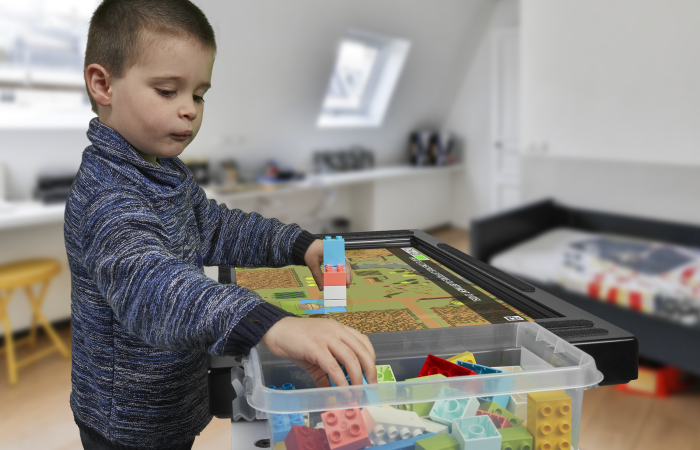
During those camps in the summer of 2023, the children used the REAtouch during therapy. This rehabilitation device features a large touchscreen and offers over 30 distinct video games designed to enhance arm and hand functionality in an enjoyable and motivating manner.
Patients could register to continue the use at home after the camp of the REAtouch Lite, a compact and portable variant of the REAtouch. In close collaboration with the therapists, we managed to offer the REAtouch Lite to four children at home for durations varying from 10 days to 4 weeks. The children, aged between 4 and 10 years, presented diverse medical histories related to their impaired arm and hand function, as well as differing levels of functional ability in their arms and hands.
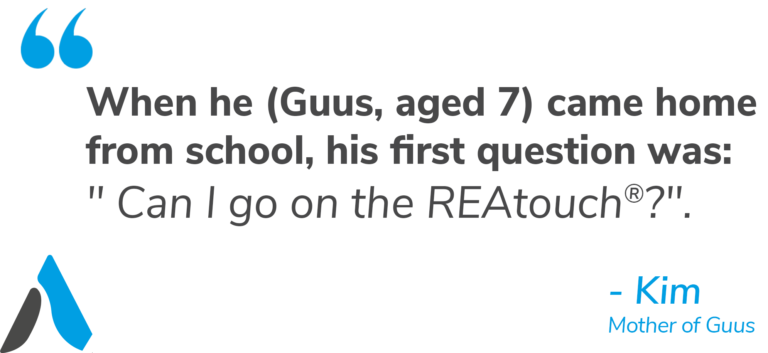
A list of games was created for each child, in collaboration with the treating therapists, to be practiced for approximately 15 minutes daily. Upon delivery of the REAtouch Lite to their home, guidance was provided on how to use the device and engage in the games effectively. Following this, it became the responsibility of the parents and children to initiate their practice independently.
Following the use of the REAtouch Lite at home, we conducted interviews with both the parents and the children. It became evident that they had engaged in extensive practice, often exceeding one hour each day. Alongside their daily schedule of required games, they frequently incorporated multiplayer games like air hockey and table football, playing with siblings and friends. This integration allowed a portion of the therapy to blend seamlessly into their regular play activities.
When parents were asked about their experience using the REAtouch Lite, they unanimously expressed that it was intuitive and straightforward to operate. Even the older children were able to power on the device independently and begin their exercises without assistance.
Responses to questions about home practice revealed that the REAtouch Lite significantly streamlines the process, as children perceive it as a game. Additionally, the compact size of the REAtouch Lite was viewed positively. Its constant availability in the living room facilitated daily practice, eliminating the need to travel to a rehabilitation center. This convenience was highlighted as a major benefit for parents.
The duration of the REAtouch Lite’s use at home was relatively brief. However, noticeable advancements were observed by both parents and children during this time. For instance, two children demonstrated a more instinctive use of their affected hand in everyday tasks, such as picking up objects and using utensils. One child was able to actively open his hand again, after just four weeks.
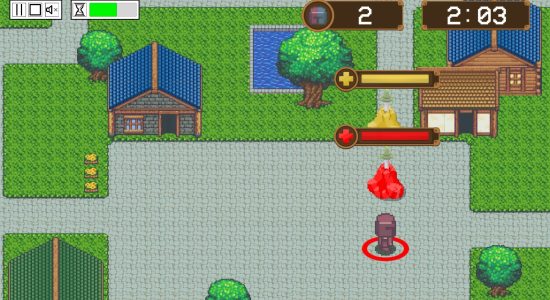
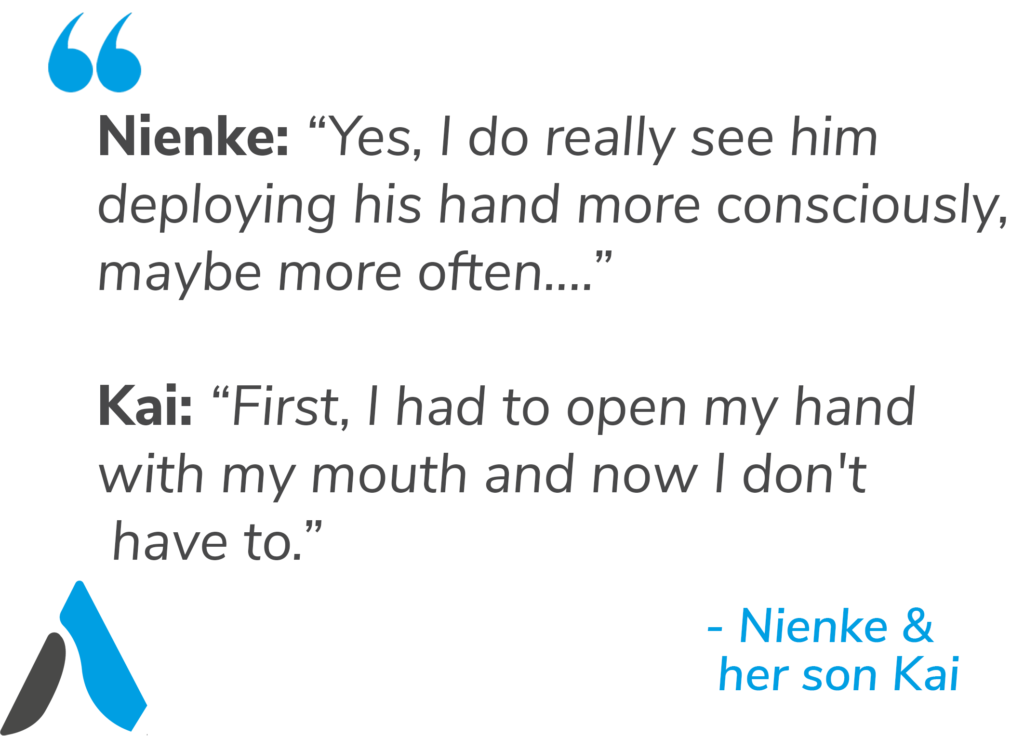
Al met al veelbelovende resultaten van het thuisgebruik van de REAtouch® Lite, zowel voor het gebruik van het apparaat, het oefenplezier, de intensiteit van oefenen als de uitkomsten. Ook wij hebben hiervan veel geleerd en hebben diverse waardevolle tips gekregen van de ouders en kinderen waarmee we aan de slag gaan om de therapie nog beter af te stemmen op de individuele mogelijkheden en behoeften.
The above article is based on interviews with the children and parents below who have used the REAtouch Lite at home for a period of time.
- Kai (10 years old) and mother Nienke
- Guus (7 years old) and mother Kim
- Dirk (4 years old) and mother Anne
Als u geïnteresseerd bent in tele-rehabilitatie of de REAtouch® Lite 2,
ontdek ons apparaat door op onderstaande knop te klikken.
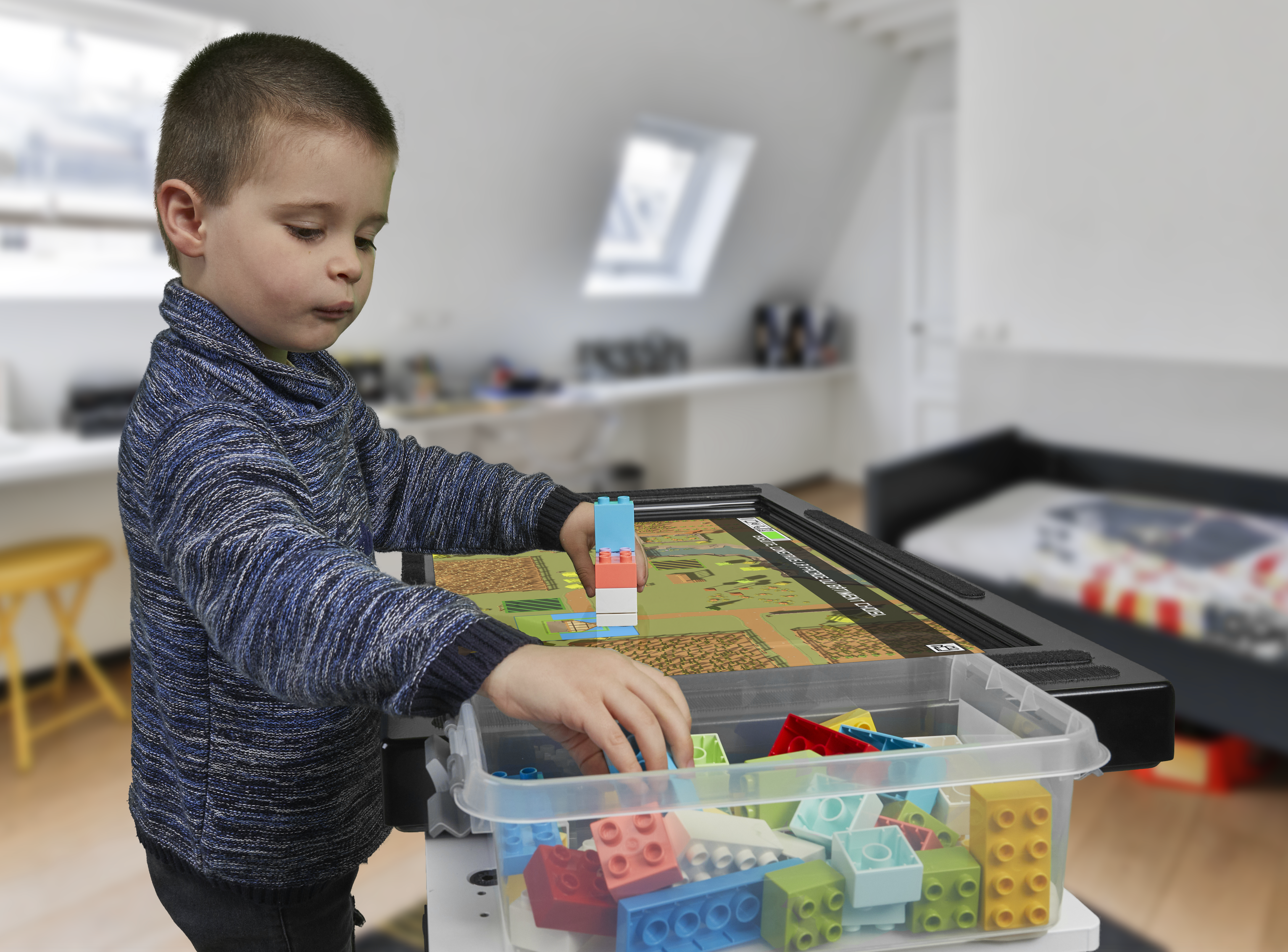

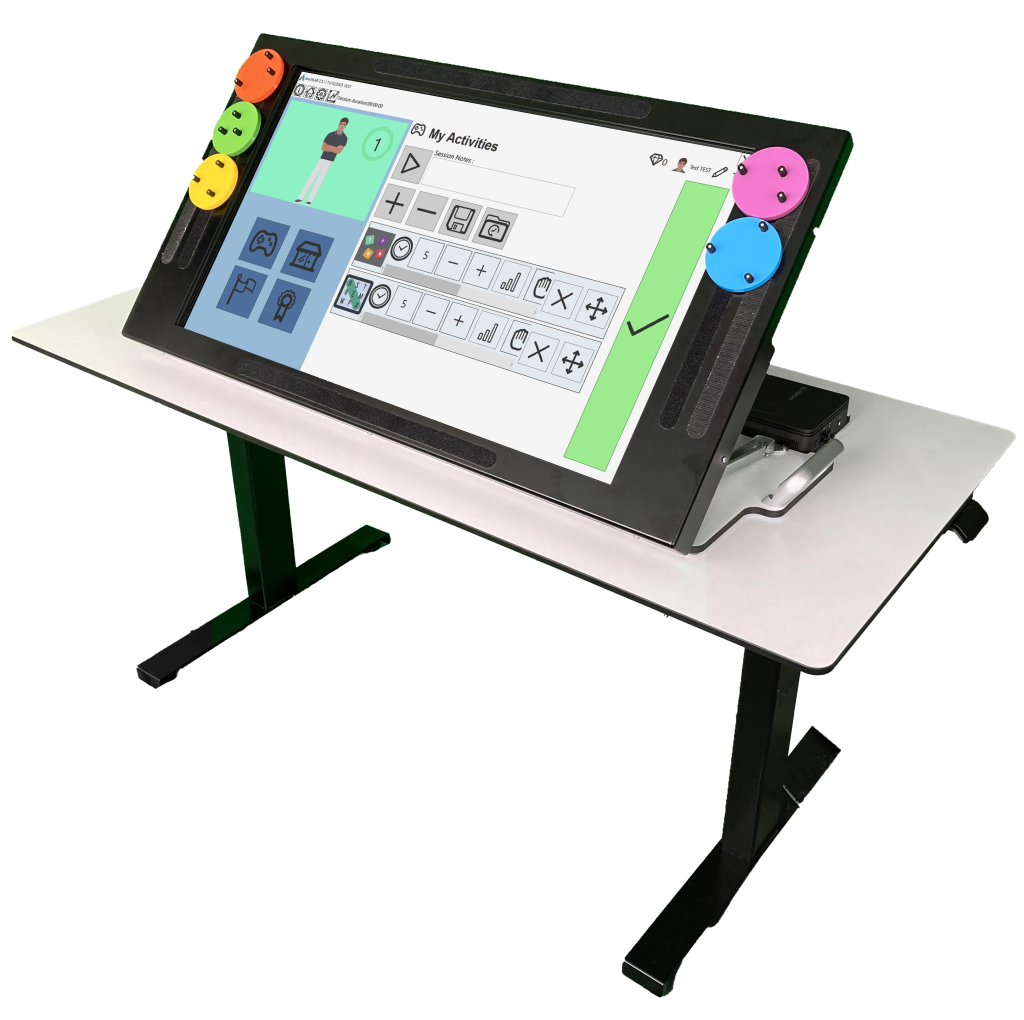
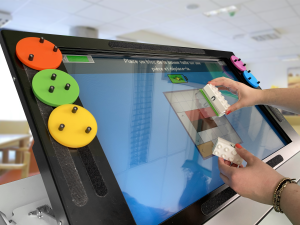
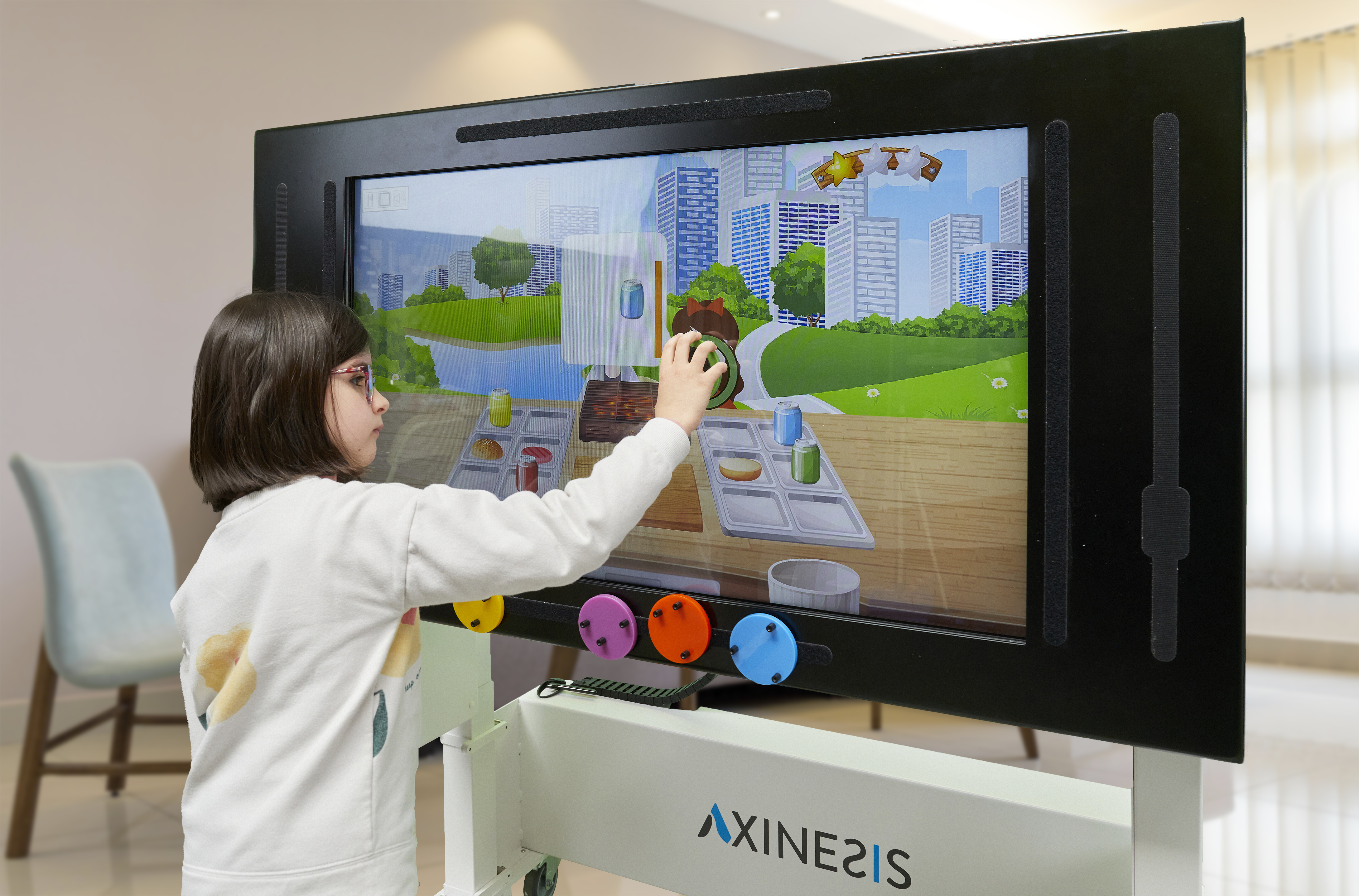
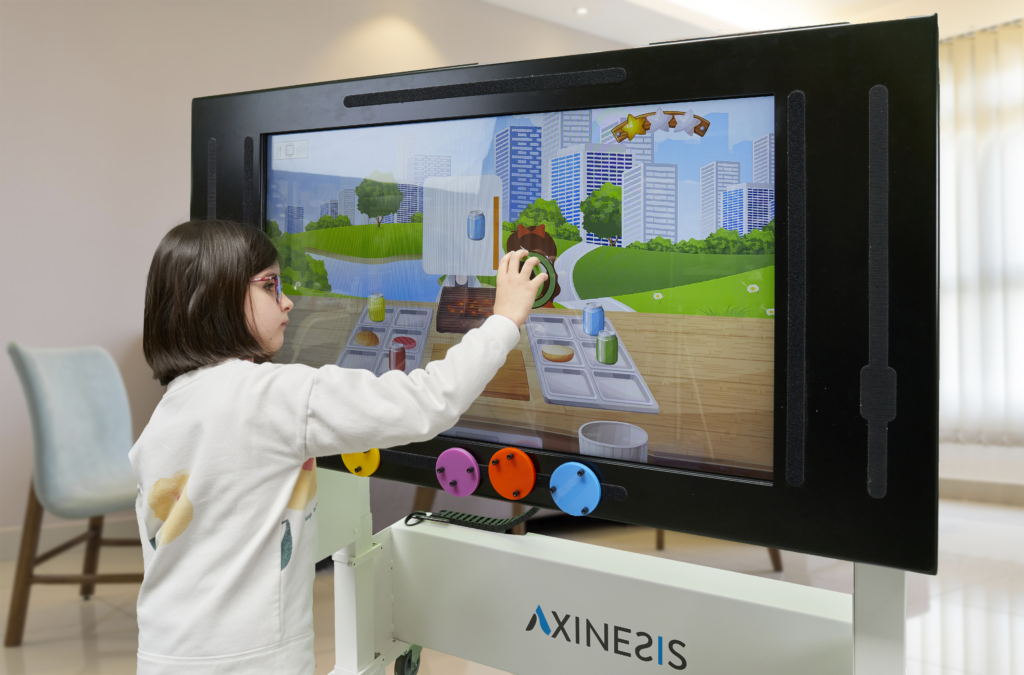
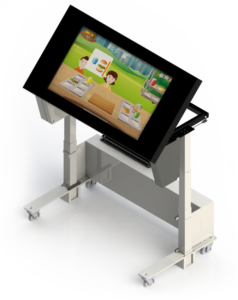
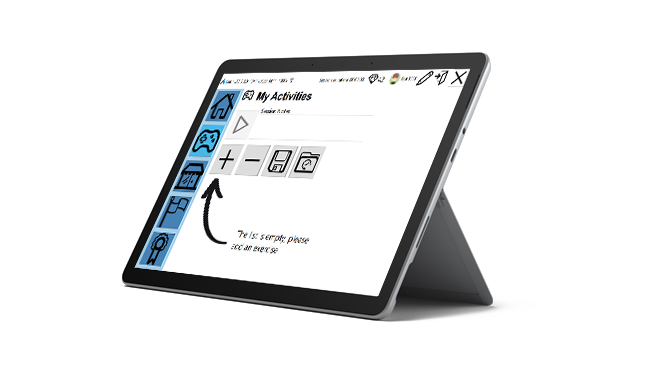
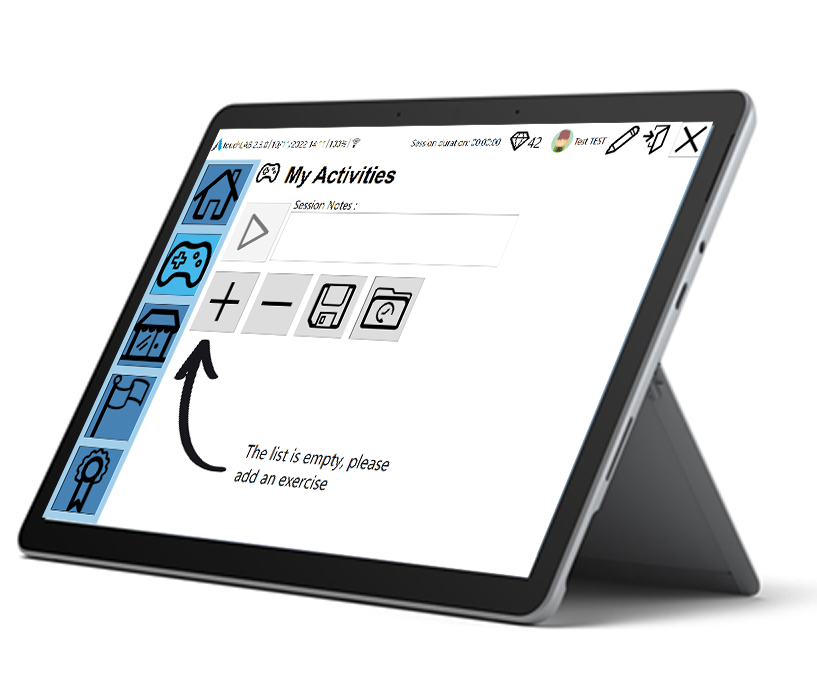
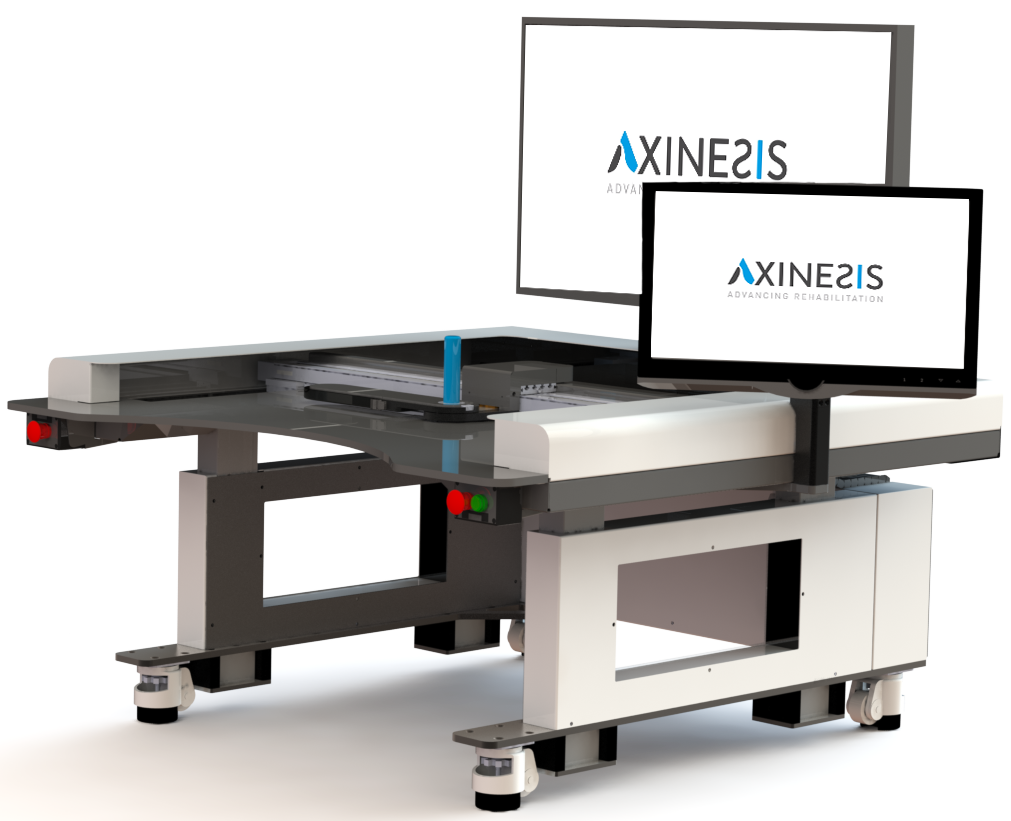
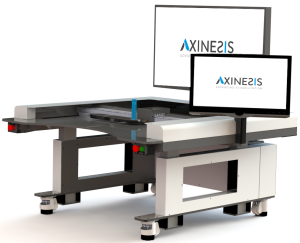
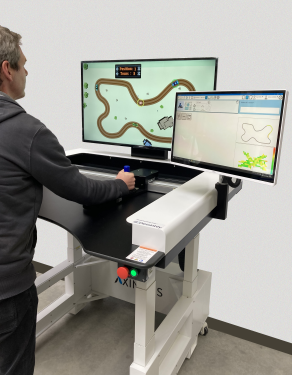

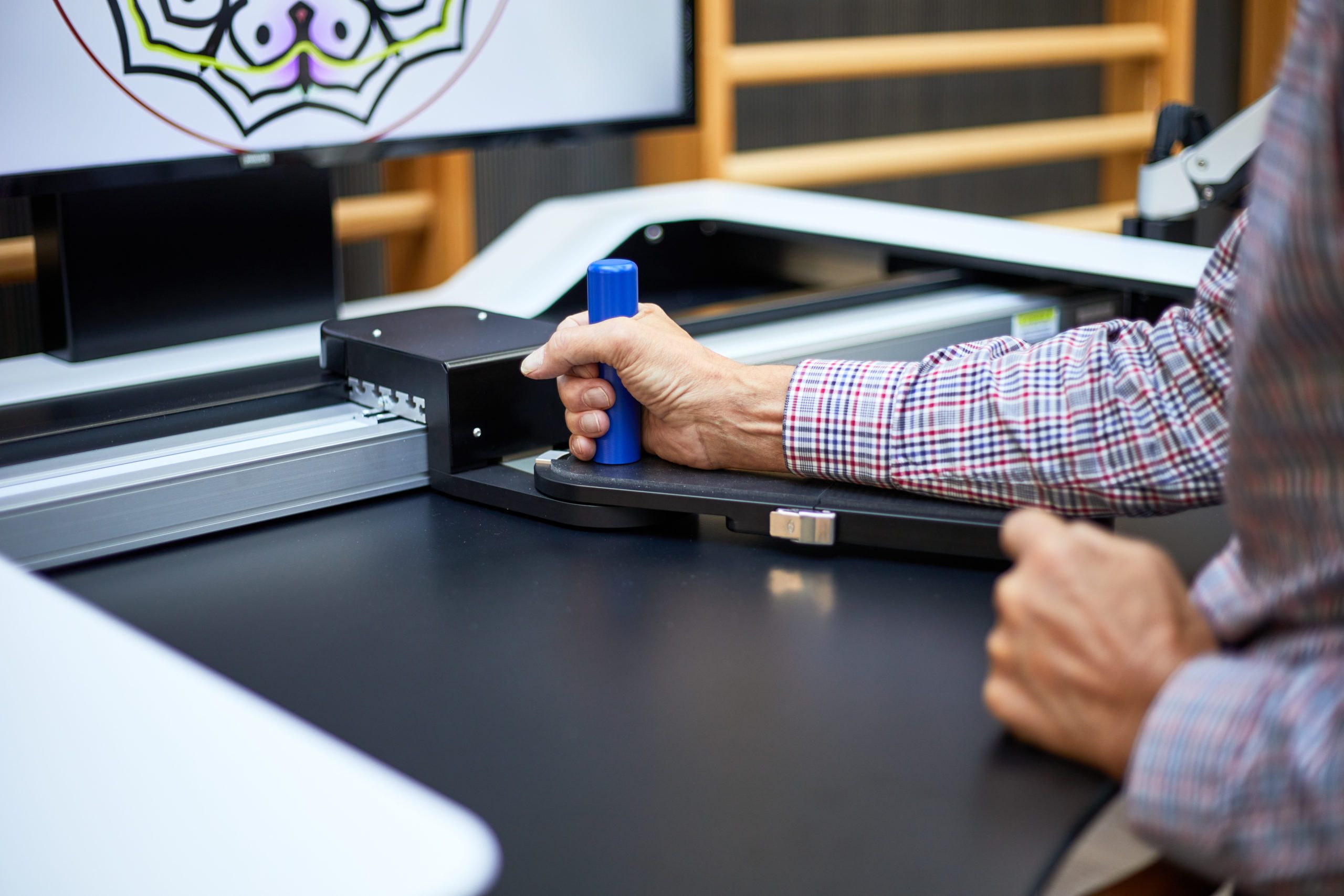
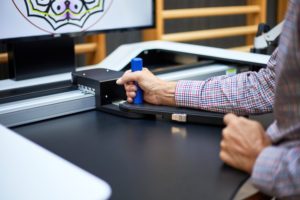
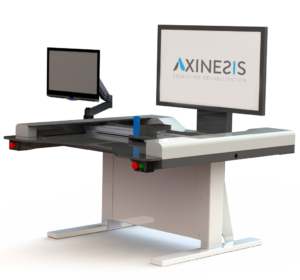 This study supports evidence that using RAT to partially substitute CT in the early rehabilitation phase is at least as effective, or even better, at improving UL and ADL function than CT alone. This study was also the first to assess the ICF social participation domain. The authors suggest greater improvements can be explained by the effect of the robotic device itself, which allows clinicians to deliver therapy using key motor recovery factors including high intensity and repetitive, task-oriented movement training.
This study supports evidence that using RAT to partially substitute CT in the early rehabilitation phase is at least as effective, or even better, at improving UL and ADL function than CT alone. This study was also the first to assess the ICF social participation domain. The authors suggest greater improvements can be explained by the effect of the robotic device itself, which allows clinicians to deliver therapy using key motor recovery factors including high intensity and repetitive, task-oriented movement training.